Gardening - all things for all people... :-)
woodyoak zone 5 southern Ont., Canada
10 years ago
Related Stories
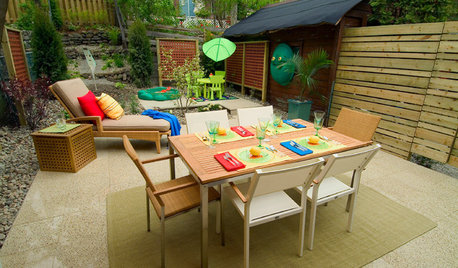
LANDSCAPE DESIGNHow to Design a Family-Friendly Yard for People of All Ages
Incorporate features and materials that will make your landscape fun and accessible for everyone
Full Story
FUN HOUZZ10 Things People Really Don’t Want in Their Homes
No love lost over fluorescent lights? No shocker there. But some of these other hated items may surprise you
Full Story
NATIVE PLANTS5 Ways to Keep Your Native Plant Garden Looking Good All Year
It’s all about planning ahead, using sustainable practices and accepting plants as living organisms
Full Story
GARDENING GUIDESNew Ways to Think About All That Mulch in the Garden
Before you go making a mountain out of a mulch hill, learn the facts about what your plants and soil really want
Full Story
GARDENING FOR BUTTERFLIESBring on the Birds: Natural Habitat Ideas for Gardens of All Sizes
Provide nesting, watering and perching spots inspired by the Costa Rican jungle and watch the birds flock on over
Full Story
MODERN HOMESMy Houzz: All Right With All-White in a Modern New Jersey Home
A bold monochrome palette with black accents, modern art and treehouse-like views of NYC are stars in this couple’s dramatic home
Full Story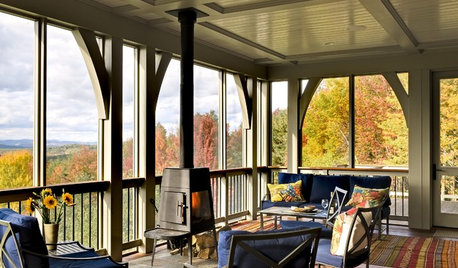
GARDENING AND LANDSCAPINGScreen the Porch for More Living Room (Almost) All Year
Make the Most of Three Seasons With a Personal, Bug-Free Outdoor Oasis
Full Story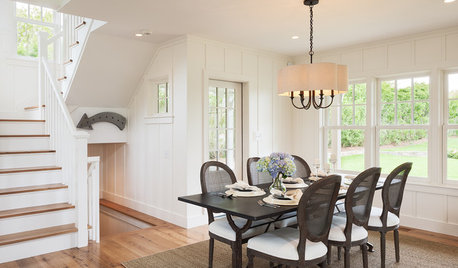
LIFEYou Said It: ‘Take Things All the Way’ and More Houzz Quotables
Design advice, inspiration and observations that struck a chord this week
Full Story0
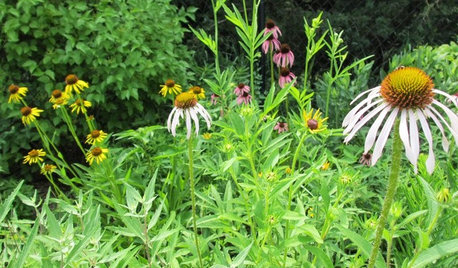
FLOWERSGet Coneflower Blooms All Summer Long
Plant these 5 native species to bring beauty to the garden — and pollen to the insects — from June through August
Full Story







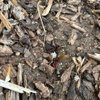
sunnyborders
GreatPlains1
Related Professionals
Surprise Landscape Architects & Landscape Designers · Signal Hill Landscape Architects & Landscape Designers · Summit Landscape Architects & Landscape Designers · Tempe Landscape Contractors · El Mirage Landscape Contractors · Fort Payne Landscape Contractors · Lake Saint Louis Landscape Contractors · McLean Landscape Contractors · Norristown Landscape Contractors · Salmon Creek Landscape Contractors · Siloam Springs Landscape Contractors · Stony Brook Landscape Contractors · Westford Landscape Contractors · Crowley Landscape Contractors · Norridge Landscape Contractorswoodyoak zone 5 southern Ont., CanadaOriginal Author
GreatPlains1
User
linaria_gw
woodyoak zone 5 southern Ont., CanadaOriginal Author
sunnyborders
woodyoak zone 5 southern Ont., CanadaOriginal Author
linaria_gw
sunnyborders
woodyoak zone 5 southern Ont., CanadaOriginal Author
sunnyborders
GreatPlains1
rouge21_gw (CDN Z5b/6a)
woodyoak zone 5 southern Ont., CanadaOriginal Author
GreatPlains1
GreatPlains1
GreatPlains1
GreatPlains1
User
woodyoak zone 5 southern Ont., CanadaOriginal Author
woodyoak zone 5 southern Ont., CanadaOriginal Author
GreatPlains1
woodyoak zone 5 southern Ont., CanadaOriginal Author
sunnyborders
woodyoak zone 5 southern Ont., CanadaOriginal Author
gyr_falcon
sunnyborders
User
GreatPlains1
gyr_falcon
rouge21_gw (CDN Z5b/6a)
GreatPlains1
sunnyborders
GreatPlains1
sunnyborders
GreatPlains1
linaria_gw
woodyoak zone 5 southern Ont., CanadaOriginal Author
sunnyborders
GreatPlains1
GreatPlains1
woodyoak zone 5 southern Ont., CanadaOriginal Author
User
mxk3 z5b_MI
GreatPlains1
sunnyborders
woodyoak zone 5 southern Ont., CanadaOriginal Author
GreatPlains1